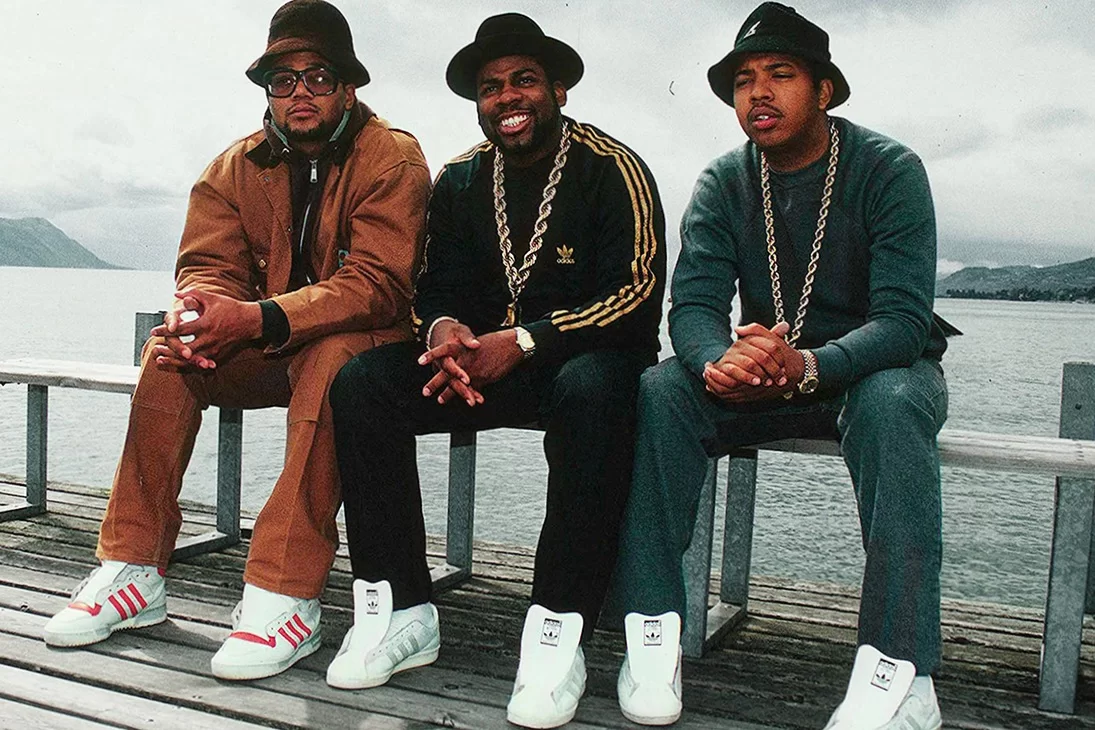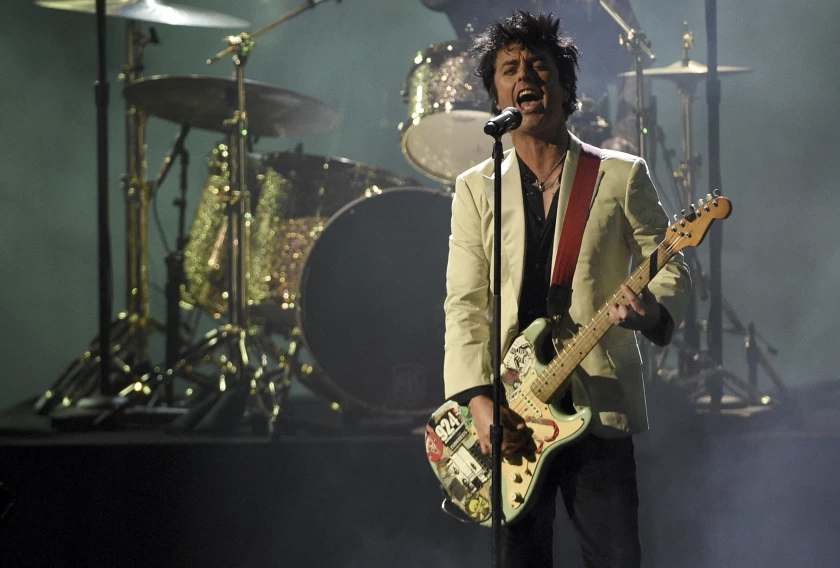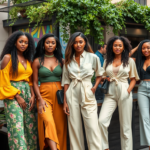Music has profoundly influenced fashion trends throughout history, reflecting cultural shifts and societal changes. The interplay between these two art forms creates a dynamic and evolving landscape, where each affects the other in a continuous loop. This article explores how music shapes fashion trends and how different musical genres set unique sartorial standards.
The Symbiotic Relationship Between Music and Fashion

The relationship between music and fashion is symbiotic, meaning that they influence each other reciprocally. When a new musical style emerges, it often brings a new fashion sense with it. For example, the punk rock movement of the 1970s not only introduced rebellious sounds but also inspired a distinct look characterized by ripped jeans, leather jackets, and DIY accessories. Musicians often become fashion icons, setting trends that ripple through mainstream culture.
Music Genres and Their Fashion Statements
Different musical genres introduce diverse fashion statements:
-
Rock and Roll:
Think of James Dean’s leather jackets and Elvis Presley’s suave haircuts. -
Hip-Hop:
Baggy jeans, oversized t-shirts, and blingy accessories define this genre. -
Pop:
Bright, bold colors and eclectic styles, often inspired by the likes of Madonna and Lady Gaga. -
Grunge:
Flannel shirts, ripped jeans, and a dose of ‘I-don’t-care’ attitude encapsulate the early 90s grunge era. -
Techno and Electronic:
Futuristic clothing, often featuring neon colors, reflects this genre’s forward-thinking ethos.
Each of these styles not only defines a musical era but also leaves an indelible mark on fashion history, showcasing the deep-rooted influence of music on fashion.
Iconic Music Influencers in Fashion
Throughout history, several musicians have left an indelible mark on fashion. Figures like David Bowie, with his ever-transforming look, and Madonna, with her ever-challenging styles, are notable examples. These musicians weren’t just trendsetters in their music but also in their fashion choices, significantly influencing popular culture. They dared to be different, and this boldness resonated with the audience, making their style a hallmark of their era.
Fashion Shows and Music Collaborations
Fashion shows and music collaborations have become increasingly popular, presenting perfect examples of how these two industries intersect. Major fashion houses like Chanel, Prada, and Louis Vuitton often collaborate with famous musicians for their runway shows, blending sound with style to create an immersive experience. This synergy not only enhances the show but also helps in marketing, drawing attention from fans of both the brands and the artists involved. The intersectionality of these domains provides a fresh, exciting aura that keeps both industries vibrant and relevant.
Modern Influence: Social Media and Streaming Platforms
In today’s digital age, social media and streaming platforms have further amplified the influence of music on fashion. Platforms like Instagram, TikTok, and Spotify enable artists to reach global audiences instantly, sharing both their music and fashion choices. This connectivity means trends spread faster than ever before. An artist’s Instagram post can spark a fashion trend overnight, showcasing the power of social media in shaping contemporary fashion trends influenced by music.
Conclusion
The influence of music on fashion trends is undeniable. As music evolves, so does fashion, creating a rich tapestry that reflects each era’s cultural ethos. From the punk rock looks of the 70s to the vibrant, eclectic styles inspired by modern pop music, the symbiotic relationship between these two forms of expression continues to shape our world. With social media and other digital platforms, this influence is only growing, suggesting a future where music will continue to be a powerful force in setting new fashion trends.
FAQs
1. How does music influence fashion?
Music influences fashion by introducing new styles and trends associated with different musical genres. Musicians often become fashion icons, setting trends that are embraced by fans and the wider public.
2. Can you give examples of musicians who influenced fashion trends?
David Bowie, Madonna, Elvis Presley, and Kanye West are some of the musicians who have significantly influenced fashion trends with their unique styles and bold fashion choices.
Social media and streaming platforms enable artists to reach global audiences instantly, sharing their music and fashion choices, which can spark trends quickly. This connectivity allows trends to spread faster and more broadly than ever.
4. What are some iconic fashion statements associated with specific music genres?
Rock and roll often features leather jackets and slick haircuts, while hip-hop is characterized by baggy jeans and oversized t-shirts. Grunge is famous for flannel shirts and ripped jeans, and pop music showcases bright, bold colors and eclectic styles.
5. How have fashion shows incorporated music to enhance presentations?
Fashion shows often collaborate with musicians to create an immersive experience, blending sound with style. This synergy enhances the show and helps in marketing, capturing the interest of fans from both the fashion and music industries.





